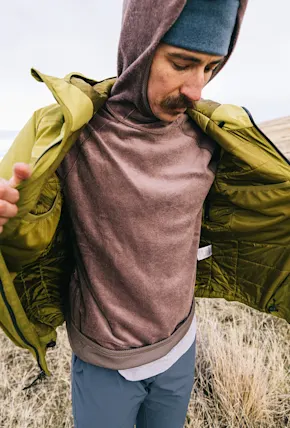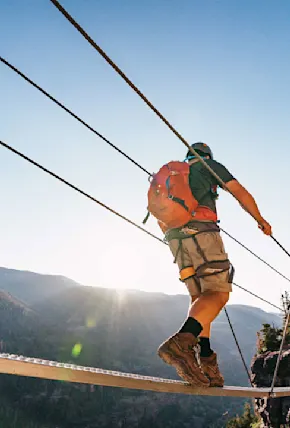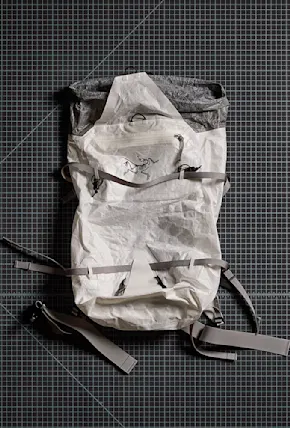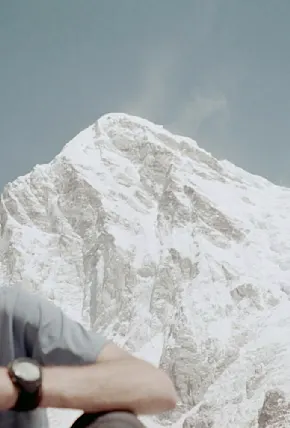Five hundred feet of vertical granite is difficult to resist. Climbing is a bug. It’s the greatest addiction I know—a constantly nagging pull in my mind that never lets up. Luckily I live in Yosemite National Park, where this addiction is not only commonplace, but encouraged.
Despite warm weather presenting more of a challenge for climbing (heat lessens amounts of friction and gripping potential due to sweaty hands on warm, slippery granite), my coworker and I recently decided to hit the walls of Yosemite amid the smoky haze of nearby wildfire. Our objective? An old Yosemite classic located on the Middle Cathedral Rock called “Central Pillar of Frenzy.” It was hard not to be thrilled at the prospect of ascending hundreds of feet up a cliff directly across the valley from the legendary El Capitan (the site of Alex Honnold’s world famous free solo and Tommy Caldwell's epic Dawn Wall ascent, of course).



















